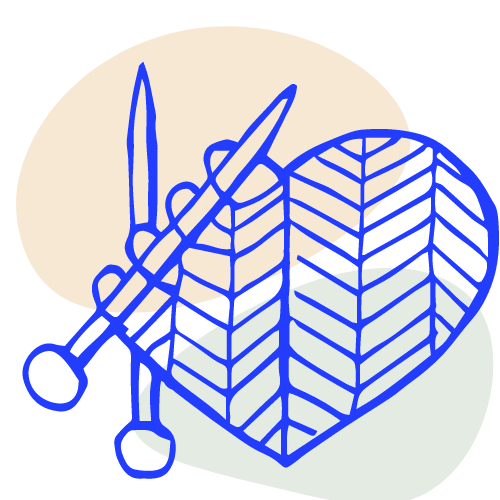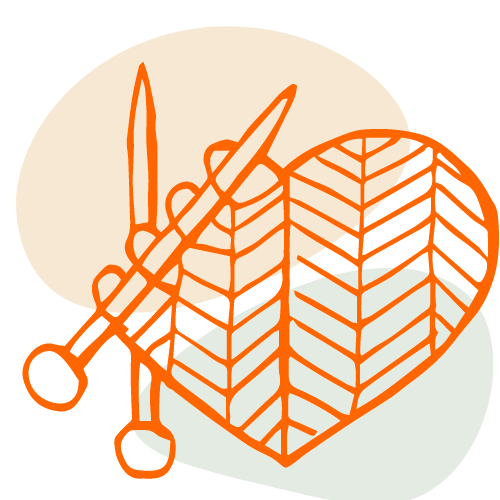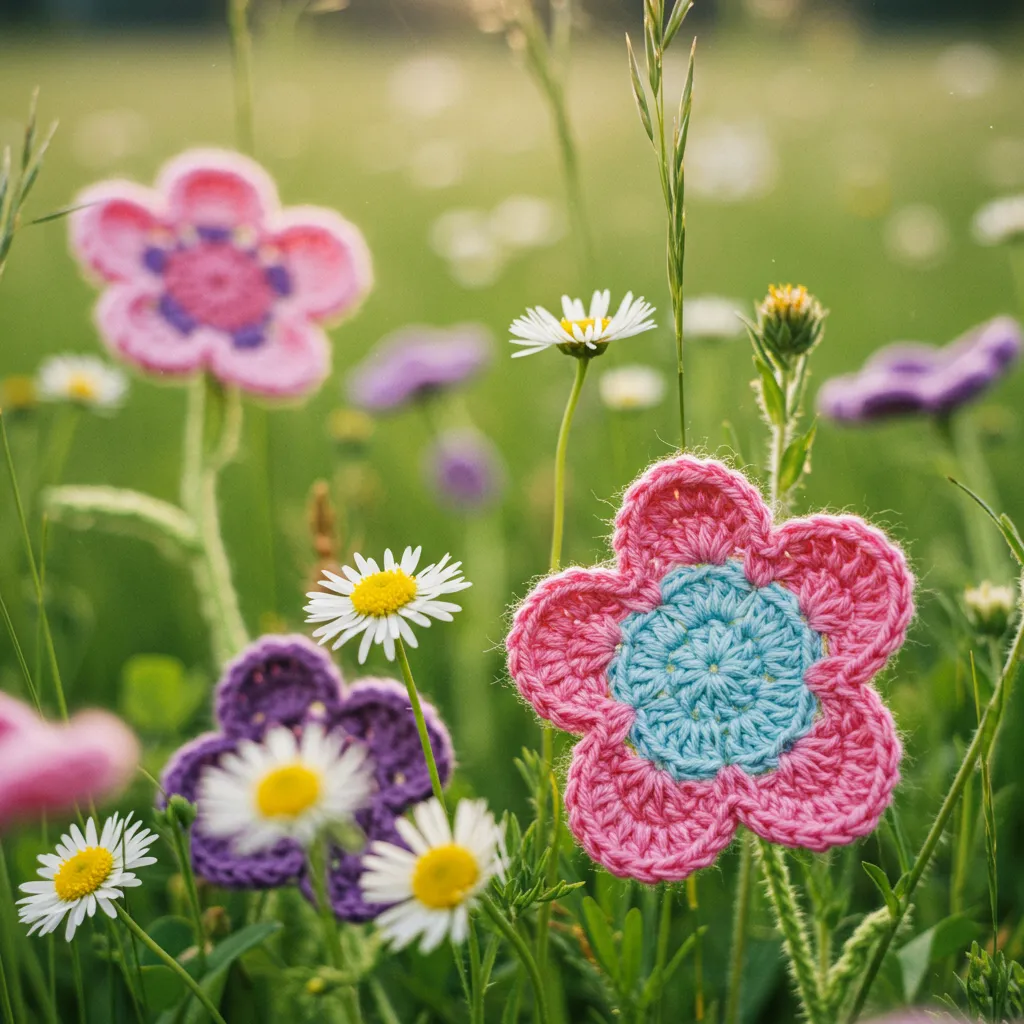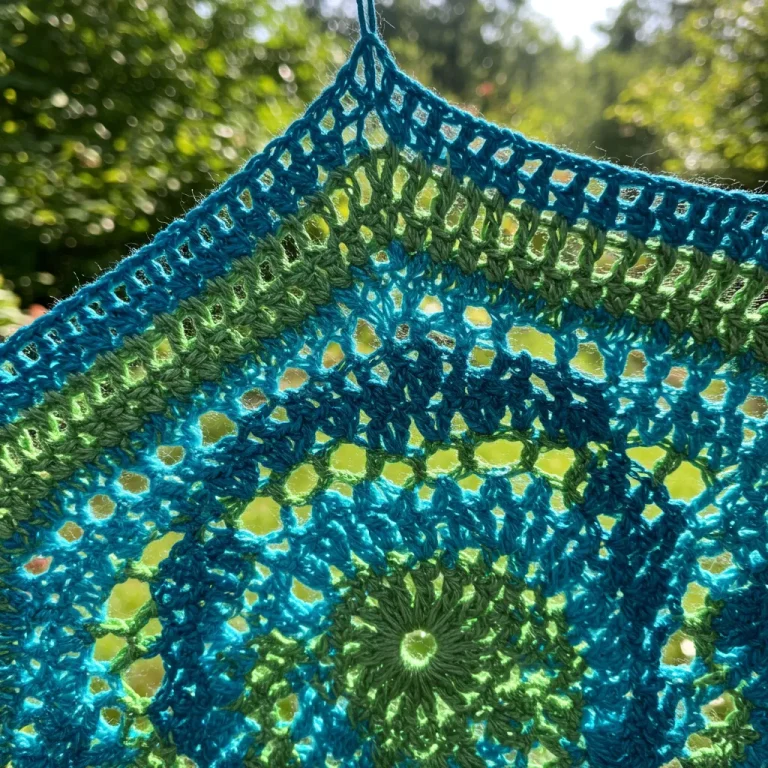Crochet, a craft that has been passed down through generations, is built upon one simple, yet essential tool—the crochet hook. From ancient civilizations to the modern-day crafting world, the crochet hook has undergone significant transformation, both in design and material, playing a crucial role in the evolution of the craft itself. So, how did this unassuming tool evolve from its earliest forms to the diverse, ergonomic hooks we use today? Let’s take a look at the story behind the crochet hook’s journey through history.
The Origins of Crochet: Early Tools and Techniques
While crochet as we know it today didn’t appear until the 19th century, the basic technique of using a hook to pull loops of thread through others dates back much earlier. In fact, crochet’s origins are somewhat debated. Some historians suggest it might have developed from earlier techniques such as “naalbinding” or “springy knotting,” which were practiced in ancient civilizations like the Egyptians, Vikings, and Native Americans.
The earliest crochet hooks were often simply rudimentary tools made from whatever materials were readily available. In ancient Egypt and other early cultures, these hooks were sometimes made from bone, wood, or even ivory. They were often hand-carved and could vary significantly in size and shape, depending on the maker and the intended use.
However, the modern concept of crochet as a craft didn’t truly emerge until the 19th century, when the technique became more popular in Europe, particularly in Ireland and France. During this time, the crochet hook was still fairly primitive compared to what we have today, but it was a step toward the evolution of the tool we recognize now.
The Industrial Revolution: Mass Production and New Materials
The industrial revolution of the 18th and 19th centuries brought dramatic changes to nearly every aspect of society, and crochet was no exception. As manufacturing processes improved, so did the ability to mass-produce crochet hooks. Before this time, hooks were individually hand-carved or made from materials such as bone, wood, or metal. However, the rise of the industrial era introduced new materials, like steel and aluminum, which were lightweight, durable, and affordable.
By the mid-19th century, steel crochet hooks had become widely available. These hooks were mass-produced in factories, which made them more accessible to a larger population. The widespread availability of these hooks coincided with the growing popularity of crochet as a domestic hobby, especially in Victorian England, where crochet lace and accessories became fashionable.
Around the same time, crochet hooks started to be standardized in size, with a range of numbers indicating different hook diameters. This made it easier for crafters to select the appropriate hook for their projects, whether they were working with fine thread for lace or thicker yarn for blankets and garments.
The 20th Century: Specialization and Ergonomics
As crochet continued to gain popularity in the 20th century, the design of crochet hooks began to reflect the needs and preferences of modern crafters. One significant shift was the development of ergonomic hooks designed to reduce hand strain and improve comfort during extended crocheting sessions.
Early in the century, crochet hooks were still relatively simple, often metal or plastic with a smooth shaft and a basic hook at the end. However, as more people embraced crochet as both a pastime and a profession, manufacturers began to experiment with different materials and designs to make hooks that were not only functional but also comfortable.
By the 1950s and 1960s, innovations like the introduction of plastic crochet hooks took hold. These hooks were more affordable than metal ones and often came in a variety of colors, appealing to a growing base of hobbyists. Some hooks were even designed with textured grips or larger, padded handles, making them easier to hold for longer periods of time.
The concept of ergonomic crochet hooks truly blossomed in the late 20th and early 21st centuries, as crafting became a more serious hobby for many people. Manufacturers began to focus on user-friendly designs, with many crochet hooks today featuring handles that are soft, non-slip, and molded to fit comfortably in the hand. The goal was to reduce hand fatigue and discomfort, especially for those with arthritis or other conditions that make traditional hooks difficult to use.
Modern Day: A Hook for Every Crafter
Today, crochet hooks come in a dazzling array of sizes, materials, and designs, each tailored to different crafting preferences and needs. Whether you’re a beginner or an experienced crocheter, there’s a hook out there designed for you.
Materials
The range of materials used to make crochet hooks has expanded dramatically. While metal and plastic remain common, other materials such as bamboo, wood, and ergonomic silicone have gained popularity. Wooden hooks are praised for their warmth and natural feel, while silicone-coated hooks are known for their smooth glide over yarn.
For those who prefer an ultra-smooth experience, aluminum and steel hooks remain top choices. Steel hooks, especially, are still favored for fine thread crochet projects like lace, due to their slender shape and precision.
Sizes
Modern crochet hooks also come in a broad spectrum of sizes. They are available in tiny hooks (like 0.5mm) for delicate thread crochet, to larger hooks (such as 25mm) used for projects with chunky yarns. Hooks are also labeled with both their number size and corresponding letter or color coding, which further aids crafters in choosing the perfect size for their project.
Specialized Hooks
There are also hooks designed for specialized techniques. For example, Tunisian crochet hooks, which are longer than standard hooks, allow for the creation of dense, textured fabrics. In addition, double-ended hooks are used for broomstick lace crochet, while lighted hooks, equipped with LED lights, help crafters work in low-light environments.
Even more recently, adjustable crochet hooks have been developed, allowing users to change the size of the hook head with ease, offering flexibility in a single tool.
The Future of Crochet Hooks: Innovation Meets Tradition
As crochet continues to evolve, so too will the crochet hook. The future of crochet hooks will likely see further integration of ergonomic designs, more environmentally friendly materials, and perhaps even technological advancements that allow for personalized or adjustable tools. We may even see further innovations in 3D-printed crochet hooks, enabling crafters to design their own hooks and experiment with custom shapes and sizes.
But despite all the advancements in materials and design, the essential role of the crochet hook remains unchanged: it’s the tool that connects us to a centuries-old tradition of creativity, self-expression, and craftsmanship. Whether made of wood, metal, or plastic, the crochet hook continues to play a vital role in helping people create beautiful, handmade items that carry personal meaning.
Conclusion: From Simplicity to Innovation
The evolution of crochet hooks—from simple bone or wood tools to modern ergonomic designs—mirrors the growth of crochet itself, from a basic technique to a beloved global craft. Today’s crochet hooks are the result of centuries of experimentation, innovation, and a deep appreciation for the artistry of crafting.
As more people embrace crochet, the crochet hook will continue to evolve. But the heart of the craft remains the same: a tool that connects us to our creative selves and to the rich history of those who came before us, creating with nothing more than a hook, some yarn, and a vision.




